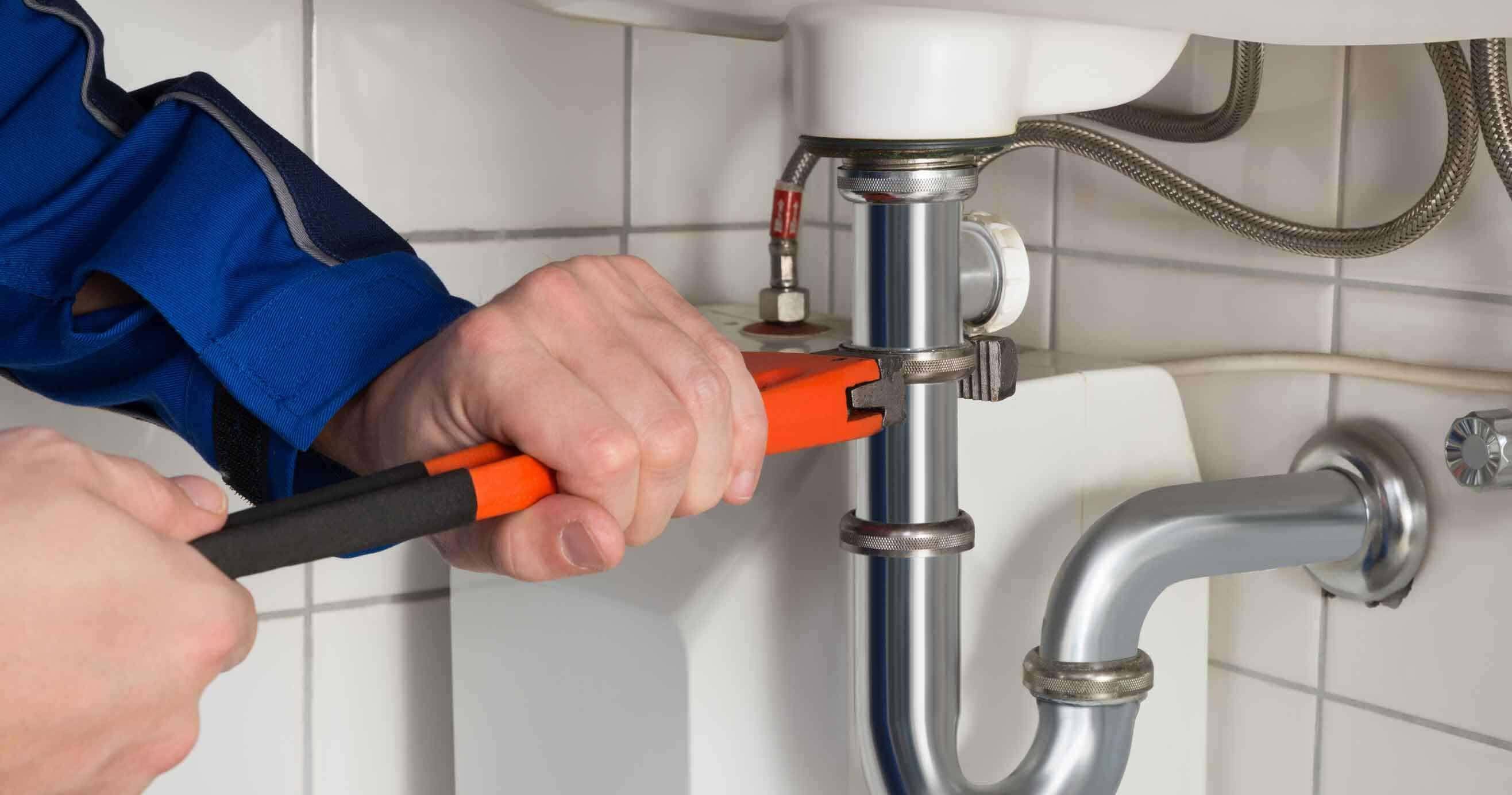Pipes and fittings are essential components of any plumbing system. They are used to transport fluids, gases, and even solids from one location to another. The proper installation of pipes and fittings is crucial to ensure the smooth and efficient operation of plumbing systems with hub.unitrade.com.my.
Types of Pipes and Fittings
There are various types of pipes and fittings available in the market, each designed for specific purposes. Some common types of pipes include PVC, CPVC, copper, PEX, and galvanized steel pipes. Fittings, on the other hand, come in various shapes and sizes, such as elbows, couplings, tees, valves, and adapters. It is essential to select the right type of pipe and fitting for a specific plumbing application.

Best Practices for Pipe and Fitting Installation
The installation of pipes and fittings requires skill and knowledge. The following are some best practices for proper pipe and fitting installation:
- Measure and Cut the Pipe: Before installing the pipe, measure and cut it to the required length. It is crucial to use a hacksaw or a pipe cutter for a precise cut.
- Debur and Clean the Pipe: After cutting the pipe, remove any burrs or rough edges using a deburring tool. Cleaning the pipe with a cloth or a brush ensures that there is no dirt, dust, or debris inside the pipe.
- Apply the Primer and Cement: PVC and CPVC pipes require a primer and a cement for a secure joint. Apply the primer to the pipe and fitting, and then apply the cement to the fitting. Connect the pipe and fitting immediately and hold it in place for a few seconds until the cement sets.
- Tighten the Fitting: Tighten the fitting using a wrench, but do not over-tighten it. Over-tightening can cause the fitting to crack or break, leading to leaks.
Importance of Proper Tightening
Proper tightening of the fittings is crucial for preventing leaks. It is essential to use a wrench to tighten the fitting adequately but avoid over-tightening it. Over-tightening can cause the fitting to crack or break, leading to leaks. On the other hand, under-tightening can cause the fitting to loosen and cause leaks.

Advantages of Proper Pipe and Fitting Installation
Proper pipe and fitting installation offer several advantages, including:
- Efficiency: Properly installed pipes and fittings ensure the efficient flow of fluids and gases, leading to improved system performance.
- Durability: Properly installed pipes and fittings are less likely to break or leak, ensuring the longevity of the plumbing system.
- Safety: Properly installed pipes and fittings ensure that there are no leaks or breaks, preventing any potential hazards or accidents.
Conclusion
Proper installation and tightening of pipes and fittings are essential for the smooth and efficient operation of plumbing systems. The correct selection of pipes and fittings, precise cutting and deburring, application of primer and cement, and adequate tightening of the fittings are critical for preventing leaks and ensuring system performance, durability, and safety. Hiring a professional plumber for the installation and maintenance of plumbing systems is highly recommended for optimal results.
